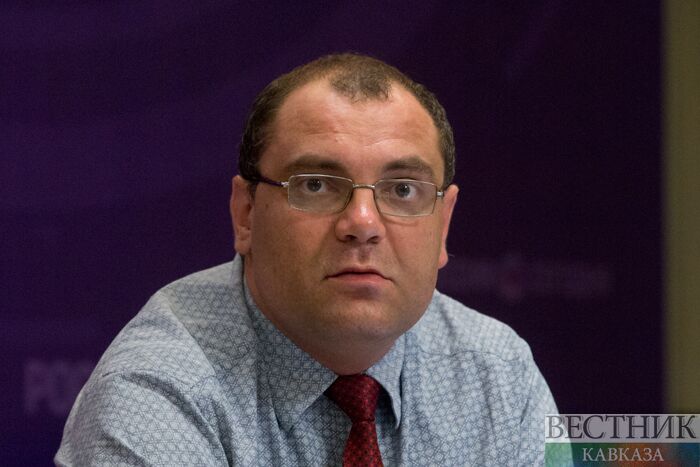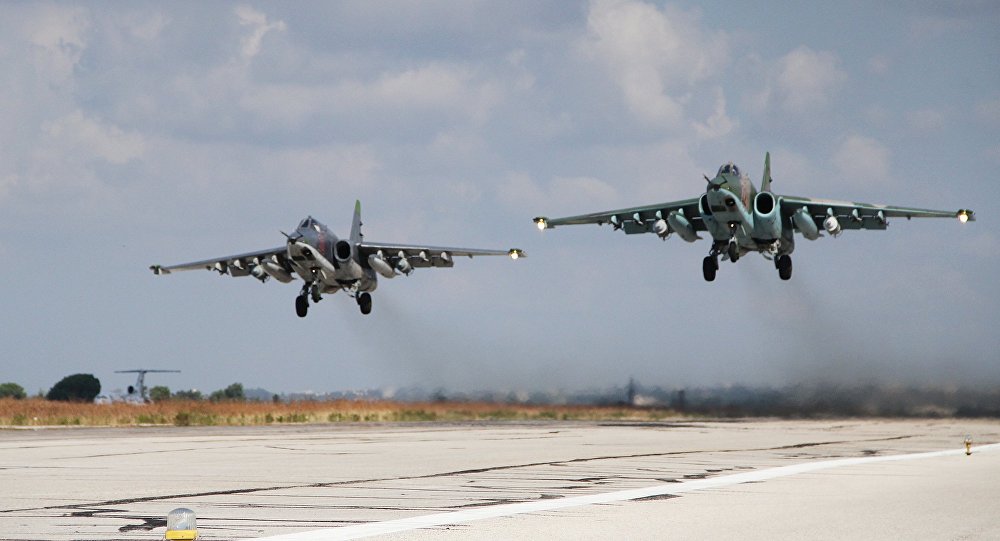Syria’s authorities are ready to discuss the country’s new constitution but want to know who will take part in the Geneva talks, Syrian President Bashar Assad said in an interview with Russian journalists.
Summing up the results of six years of the Syrian confrontation, the Associate Professor of the Department of International Security of the Faculty of World Politics of Moscow State University, Alexey Fenenko, said that the Syrian conflict can be divided into three large phases in terms of its role in international relations: "The first phase lasted from 2011 to mid-2013, when the key role belonged to the Franco-British tandem, which was actively supported by the United States. Even during the war in Libya, the agreements were signed between the United Kingdom and France on a privileged partnership, the Lancaster House Treaties, which led to the creation of the Franco-British tandem. Immediately after Libya, it has started to be active on the Syrian issue. There was an idea of a whole package of resolutions on the possibility of interference in the intra-Syrian conflict. The US then supported the policies of the UK and France. Russia and China did not let them interfere. That is, a system of mediated rivalry arose, when Russia and China support the government of Syria, and the UK, France and the US support the opposition. This model existed until the autumn of 2013, until the Geneva agreements, and collapsed when the US wanted to conduct a military operation against the Assad government in the summer of 2013, then neither the UK nor France supported them. The operation was postponed with the mediation of Russia for an indefinite period".

The second stage, according to Alexey Fenenko, began in the autumn of 2013 and lasted until the autumn of 2015: "At that time, two key events occurred. First, there was a sharp increase in the interference in the Syrian conflict of regional states - both the monarchies of the Persian Gulf, Turkey and indirectly Israel. The second point was the emergence of a new force in the form of ISIS and the Kurds. Then a new question arose - whether Syria will preserve its territorial integrity after the conflict. That is, if in the first phase it was about an actual winner, the second phase has put the question of what Syria will become after someone wins".

Fenenko believes that the third stage of the conflict started from the date of the beginning of the Russian military operation in Syria, that is, from the autumn of 2015: "Russia's operation has shown several global and regional things. First, it was the so-called locking strategy. That is, for the first time the policy of the West to create a no-fly zone was limited by the very fact of carrying out such an operation. The second point is that there was a definite change in the war in favor of the Assad government, and therefore, there is an issue of a new assembly of the Syrian statehood, but now with the participation of Russia and Iran, which rebuilds this regional process in a new way. And, finally, the third point, regrettably, the Russian operation has shown the collapse of the idea of that the fight against terrorism is our common good. It turned out that together with the Americans we were sort of struggling with terrorism, but we were somewhat balancing on the verge of a direct military clash with each other. It turns out that we have two different antiterrorist coalitions, conducting two completely different operations, and the relations between them are hostile, let alone a common struggle with terrorism. We immediately signed a memorandum to avoid colliding with each other in the sky over Syria, about the rules of flights. In October 2015, the war in Syria was compared not even to Afghanistan, but to Spain in the 1930s - if only we could not directly collide with the Americans following the Spanish model. Fortunately, they moved away from this principle".






